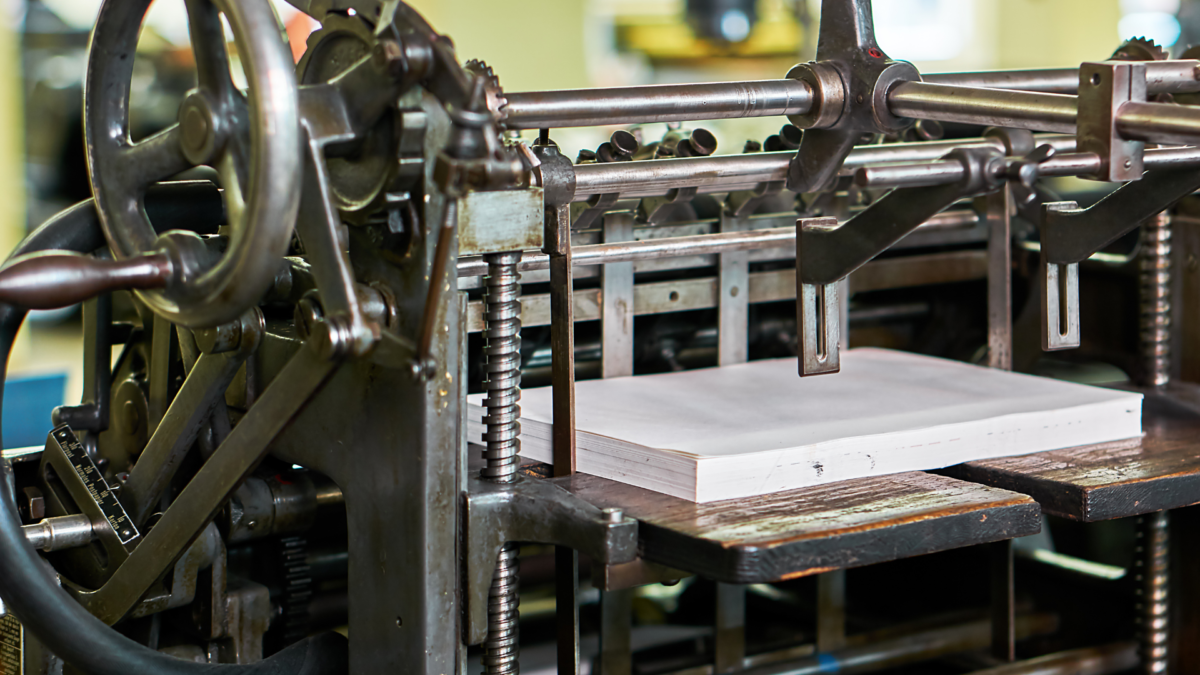In the late 1400s, the world was in a pretty crazy place. There were new and exciting inventions being made all the time, and people were still trying to figure out how to use them to their advantage. Today, we take for granted things like mechanical clocks, telescopes, and airplanes, but back then, they were just cutting-edge technologies that people were exploring. So dive into this era of history and see what amazing things are happening!
The Early Years of Technology
The late 1800s were a time of great change in technology. The Industrial Revolution had just started to take hold, and new inventions like the telephone and the electric motor were making their way into everyday life. Inventions like these changed the way people lived and worked, and they also had a big impact on technology.
One of the most important developments in this era was the invention of electricity. This made it possible to power machines with batteries, which led to new inventions like computers and cell phones. With computers, we can now store vast amounts of information and access it anytime. And thanks to cell phones, we can stay in touch with family and friends anywhere in the world.
Another major development during this period was aviation. Thanks to advances in aviation technology, people were able to travel long distances quickly and easily. This led to new businesses like air travel and tourism, as well as important discoveries like Antarctica (which was first discovered by an airplane).
Overall, the late 1800s were a very exciting time for technology enthusiasts everywhere. There were so many amazing innovations happening that it was hard to keep up!
The Printing Press
The printing press was invented in 1455 and quickly became a powerful tool for spreading information. Before the printing press, books were expensive and could only be distributed to wealthy individuals or churches. It allowed for the mass production of books, which led to increased literacy rates and wider access to information. Additionally, the printing press facilitated the spread of radical ideas by allowing for the distribution of dissenting texts.
The Clock
In the late 1800s and early 1900s, technology was evolving at a rapid pace. Some of the most famous technologies from this time period include the telephone, the automobile, and the airplane. In fact, it’s said that during this time, technology was moving so quickly that people often had difficulty keeping up with it.
One of the most notable technological advances from this time period was the clock. For example, in 1876, American inventor Charles F. Kettering created the first electric clock. This new type of clock used electricity to keep track of time instead of using mechanical gears or springs.
As you can imagine, these new clocks were quite popular – especially because they were much more accurate than traditional clocks. In fact, some people even claimed that these new clocks could tell the time in complete darkness! However, not everyone was happy about this newfound technology. For example, many religious leaders argued that using electricity to keep track of time was an unholy act. As a result, it took years for these new clocks to become mainstream…
The Telescope
The late 1800s and early 1900s were a time of great technological advancement, with some of the most remarkable inventions happening in that time period. From electric lights to automobiles, the technology of the late 1800s and early 1900s was pretty crazy! One invention that really stood out during this time period was the telescope.
Telescopes had been around for centuries before they became popular in the late 1800s and early 1900s, but it was only during this time period that they began to be used for scientific purposes. Scientists of the time used telescopes to study things like planets and stars, which had never been seen before by humans.
One of the earliest major Telescopes was built by William Herschel in 1784. Herschel’s Telescope was able to see much further than any other telescope at that time, allowing scientists to study faraway objects better. It wasn’t until 1838 that Georg von Neumann constructed what is considered to be the first practical Telescope, which greatly improved upon Herschel’s design.
During the late 1800s and early 1900s, Telescopes became increasingly more advanced as scientists continued to develop them. Some of the more notable Telescopes from this time period include John Couch Adams’ reflecting telescope (1851), Friedrich Bessel’s reflector (1846), Otto Struve’s refractor (1888), George Ellery Hale’s reflecting telescope (1889), Edward Charles Pickering’sreflecting telescope (1902), and Nicholas May
Other Technologies of the Late 1400s
The 1400s was a time of technological innovation and change. Many new technologies were developed during this time, including the printing press, the wheel, and gunpowder.
One of the most important technologies of the 1400s was the printing press. The printing press allowed for the mass production of books and other documents, which helped spread knowledge and improve communication across the world. The wheel also emerged in the 1400s as an important technology. The wheel allowed for transportation across land and water, making it easier for people to travel and trade.
Finally, gunpowder was one of the most important technologies of the 1400s. Gunpowder allowed for powerful projectiles to be fired from guns, which made armies much more powerful and allowed for more conquests to be achieved.

